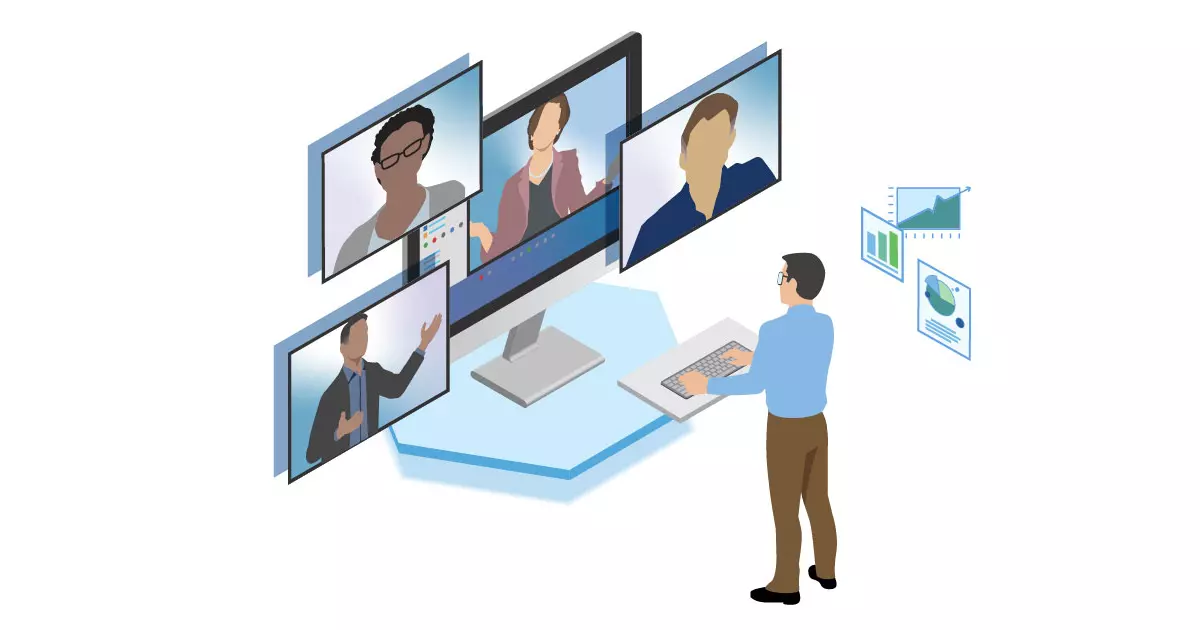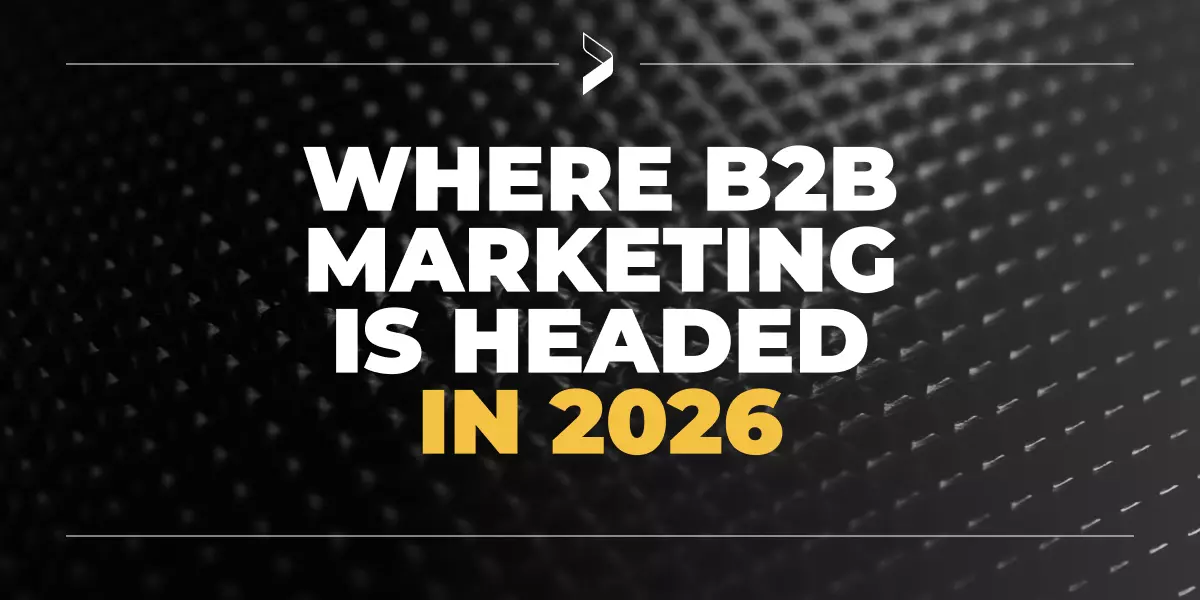How to Reach Multiple B2B Audiences at Once

Developing a multi-audience B2B marketing program in your complex industry doesn’t have to break the bank. These tips will help you reach all the players on the buying team.
One of the most significant challenges we confront as we market to complex B2B industries is the sheer scope and diversity of the audience. It’s no secret that the buying team is growing. If the typical B2B industrial brand had to gather all of their buyers’ key decision-makers and influencers in one room … well, they’d probably need a bigger room. Think Yankee Stadium.
As B2B marketers, our task is to anticipate what information those buyers and influencers might find valuable as they move through the stages of the buying process. If you’ve been in this business long enough, you’re probably beginning to picture a great big price tag. And you’re not entirely wrong to think it. Just imagine all of the resources it would take to chase down each and every key player. If you set out to create unique content for each of them, your program could easily add up to 36 pieces of hefty content. Perhaps more.
But reaching multiple audiences doesn’t necessarily require a small fortune in content development. There’s no silver bullet, but you don’t have to break the bank to develop a multi-audience B2B marketing program. All it takes is some thoughtful planning up front. This begins with careful branding, messaging and understanding who you are. Then you create a complimentary package of tactics. Finally, you commit to a process of optimization and measurement. Let’s break down these steps with a bit more detail:
Create the vision.
When you paint a clear picture of the program and what you expect to accomplish, some concerns about resources will disappear. A story that sketches out a comprehensive campaign, combined with evidence of the success of similar efforts, offers a compelling argument for a marketing communications manager to take to the C-suite, both in the initial stages of the project and when it’s time to share results.
Part of the vision comes from a clear understanding of the target audience and their pain points. This requires some research and insight — and it’s not something you can fake. If you don’t understand the nuances, you’re probably missing the mark. And that knowledge might help you better prioritize all the players on the team.
Build the plan.
Next, develop a detailed plan balancing all the messaging points you need to address with the audiences and channels you need to reach. This document should include a structured content calendar, outlining what messages are going to each audience as well as what channels you’re going to use. That helps you stay focused on meeting the content needs of all your audiences.
All the pieces must work together. As you’re building out your program, don’t simply consider what happens in a single, isolated social post, but also consider what’s happening in PR, blog posts and paid advertising around the time of that post. Nothing breaks down silos better than a well-considered plan.
As technology has advanced, our audiences have become much less forgiving. They want to hear from brands in a way that’s smooth and intuitive, not clunky and awkward. If something isn’t working properly or doesn’t resonate, they’re done with you pretty quickly.
Create a seamless flow.
As customers come in from multiple touch points, like a Facebook post, an email, a banner ad, a video, a blog post or a news release, the pieces need to be complementary. If you’ve already built a consistent messaging foundation, this will become an essential tool for telling your story consistently across those touch points. The delivery, however, will have to be customized to whichever audience you’re targeting on a given platform.
Stay focused.
When tackling a major program like a website, we establish our branding and messaging pillars right away. That provides you with talking points and a high level of consistency across the board — throughout the site. The same is true of a major campaign or product launch. You have to stay on point, remaining hyper-focused on those big-picture branding and messaging goals.
Optimize, optimize, optimize.
Optimization is all about value-based thinking. Your campaigns now routinely generate an overwhelming amount of data, so your job is to simplify it and put a purpose behind it. In other words, the objective is not only to get likes or visits or even retweets but also leads, conversions and goal completions. This way you’re not just delivering numbers on a piece of paper, but also real insight into the results a campaign produces. In other words, optimization tells us what it was all worth.
And don’t forget your internal audiences.
Finally, make sure your internal team has all the information and education they need. It increases their confidence and makes it easier for them to distribute information and to answer questions. After all, customers fire questions at the internal team, not the agency. And anything that improves the team’s ability to respond is a huge plus.
To effectively reach multiple B2B audiences at once, you won’t need a Fortune 100–sized marketing budget. But you will need to invest some time, some organization and some discipline in how you communicate through your chosen marketing channels.
Sign Up for our Newsletter - Get agency updates, industry trends and valuable resources delivered directly to you.
Godfrey Team
Godfrey helps complex B2B industries tell their stories in ways that delight their customers.




